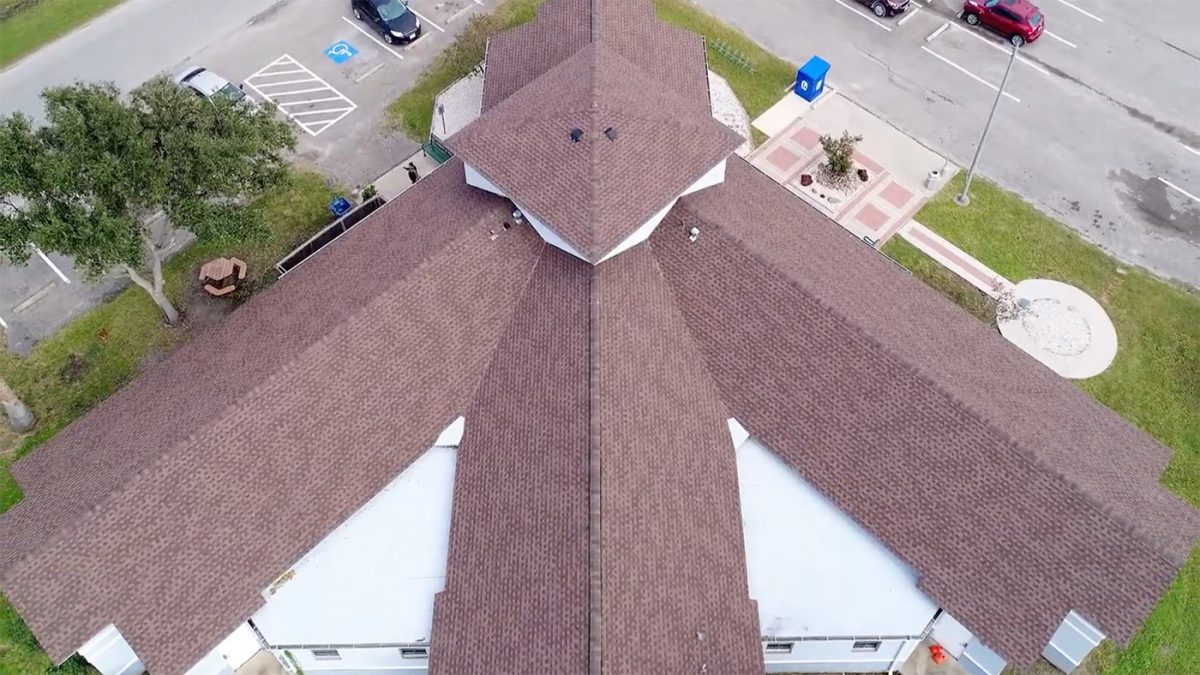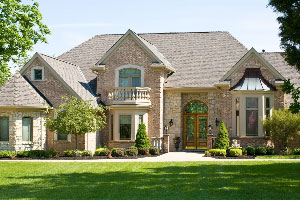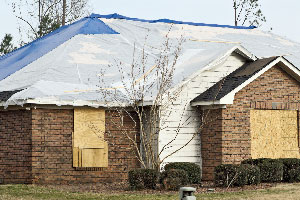Duro-Last Roof To Reduce Energy Costs In Your Business
Are you looking for a way to reduce energy costs in your business, but you don’t know where to begin?
Having a Duro-last roof is the way to go. Many commercial buildings all around the United States are choosing this type of roof, considering the amazing reduction in energy costs.
Continue reading to learn more about why Duro-Last is a great roofing option for your business.
THE MAGIC OF DURO-LAST
Duro-Last is a roofing system known for being extremely durable and easy to install without disturbing operations in the property. These custom-made roofs provide multiple long-term benefits that can give your company the sayings they’ve been looking for.
One of the reasons why this roofing system is being used among companies is due to its energy cost saving benefit. Since Duro-last roofs are metalized polyester films, they reflect up to 88% of the sun’s rays, keeping your building cooler throughout the year.
Duro-Last roofs are perfect for commercial buildings and warehouses to protect your goods from exposure to weather conditions that may affect your room temperature. For many businesses, room temperature is key to maintaining the quality of their goods and ensuring their products are in good condition when they are shipped out.
Another important aspect about Duro-last roofs is that they’re long-lasting and maintenance-free, meaning that they are capable of lasting from 25 to 30 years. That can’t be said about most roofs used in businesses today that have a life of 10-15 years.
Overall, Duro-last roofs are a great investment for your business, whether you have a warehouse or a distributing company. A Duro-last roof reduces costs, prolongs the life of your facility, and helps maintain a good image.
DURO-LAST ROOFS IS IN CORPUS CHRISTI
Vertex Roofing is a certified Duro-last roofing contractor in Corpus Christi, TX, that offers many roofing services to the city. We want to provide our community with the best roofing options in the country. Vertex Roofing specializes in commercial roof replacements, repairs, and Duro-last. Our Duro-last roofing contractors are more than qualified to help you.
At Vertex Roofing, we focused on our 3Ps: people, process, and product, allowing us to be one of the best commercial roofing companies in Corpus Christi, TX.




